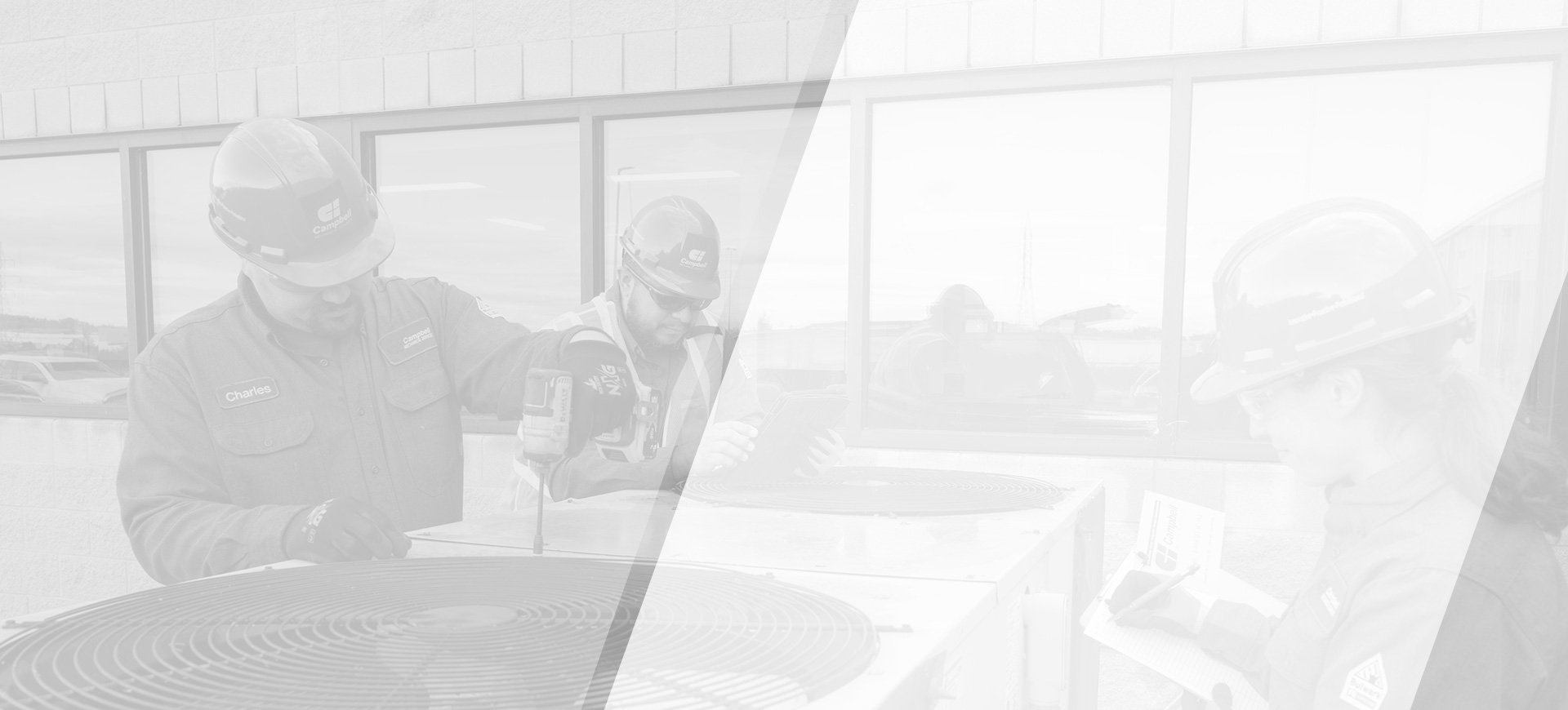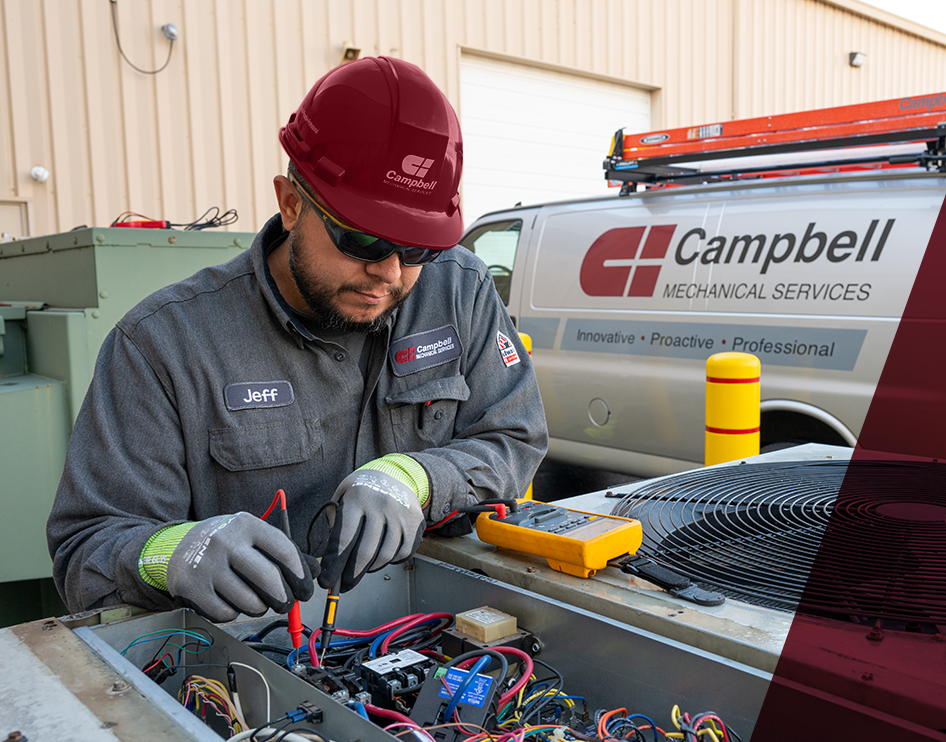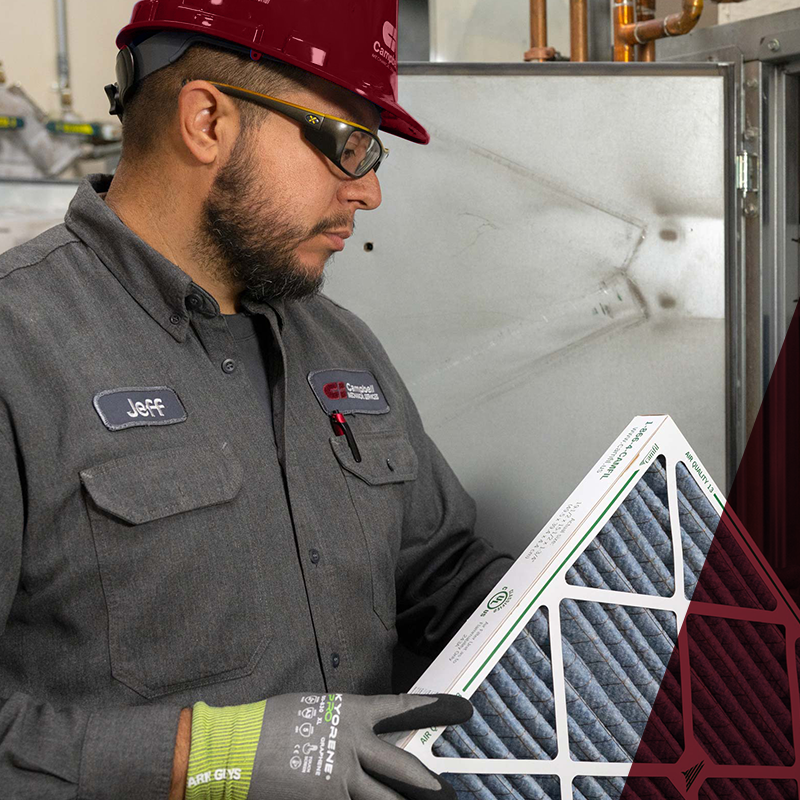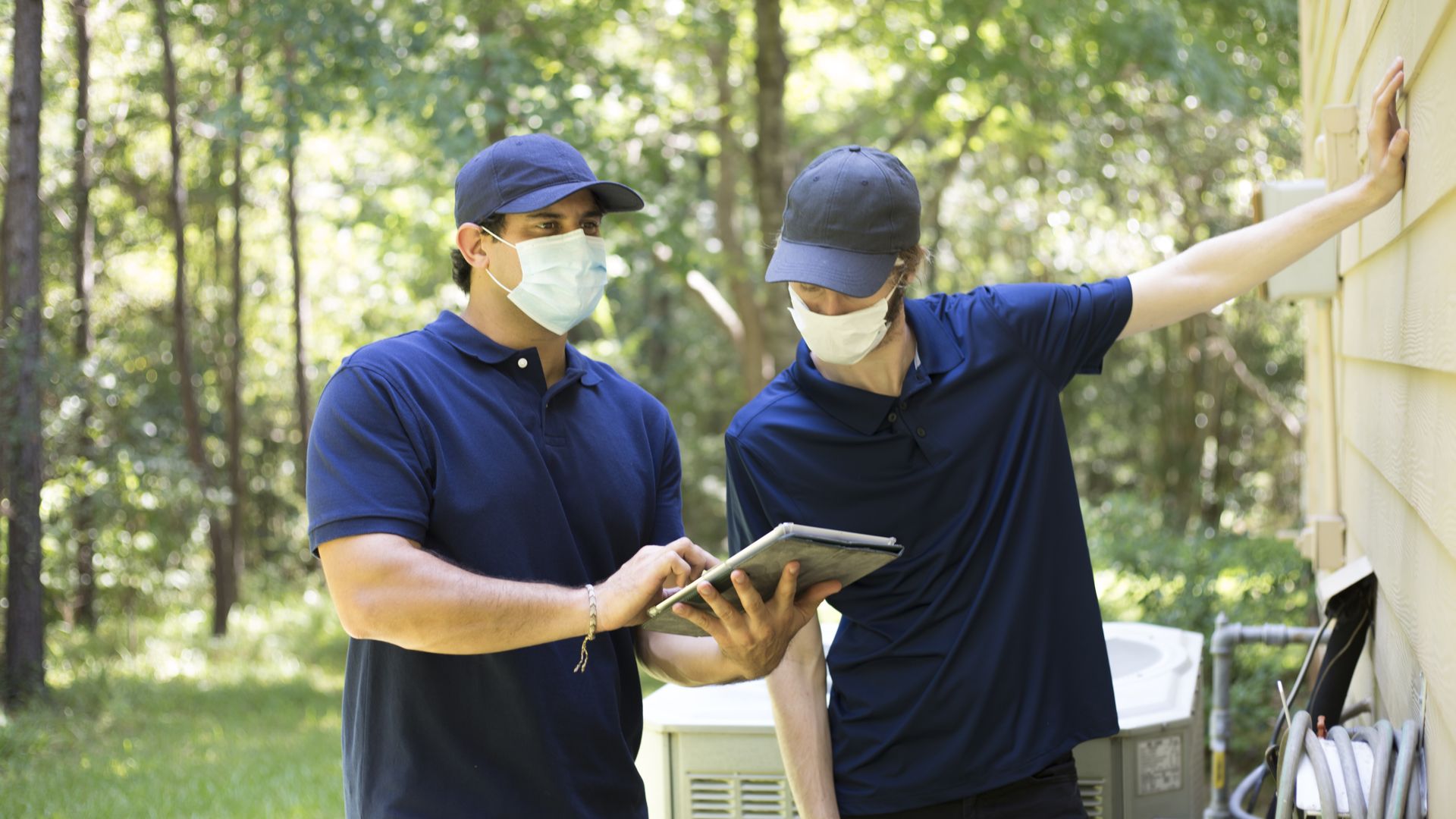
Optimizing Your HVAC Investment
We offer the best mechanical services by optimizing your business’s HVAC, plumbing, and energy systems. Our multi-discipline team of engineers, technicians, project managers, and experts will customize an HVAC solution, and guarantee it with our fixed cost preventative maintenance program. Our master plumbers excel in every aspect of plumbing services from design build to repair and replacement.
HVAC

We solve commercial HVAC and plumbing problems that others can’t. Whether it’s complex system challenges, outdated infrastructure, or urgent repair needs. Our expert team also helps you stay ahead with energy-efficient solutions that reduce operating costs and improve long-term performance.

Comprehensive Commercial HVAC Services
For over 50 years, Campbell Mechanical Services has been the leading provider of commercial HVAC and plumbing services in Northwest Ohio and Southeast Michigan. Our commitment to innovation, proactivity, and professionalism has made us the go-to partner for manufacturing companies, healthcare facilities, schools, universities, multi-unit senior living facilities, and office buildings across the region.
At Campbell, we understand that a well-functioning HVAC system is crucial for your business operations. Our team of experienced technicians provides a full range of commercial HVAC services, including:
- Installation and Retrofits
- Custom HVAC system design and installation
- Energy-efficient system upgrades and retrofits
- Integration with building automation systems
Maintenance and Repairs
- Preventative maintenance programs
- 24/7 emergency repair services
- HVAC testing and balancing
Energy Management
- Energy audits and optimization
- Building automation services
- Energy certification and sustainability consulting
We're the Team to Get the Job Done
Our multi-discipline team of engineers, technicians, and project managers work together to deliver tailored HVAC solutions that meet your specific needs and budget.
-
“Excellent Service”
“Today my facility had Campbell's come out and look at 1 of our A/C units on our roof. Jeff was the technician that came out. Jeff walked me through what the problem was and was very thorough with his knowledge of the unit.”- Michael N. -
“Quick & Knowledgeable”
“Great service! Our rooftop heating unit in our office building went out right as winter started. Campbell came highly recommended. So glad we went with them. From the start they were very responsive and even patient with my questions.”- Brittany S.



Why Choose Campbell?
-
Guaranteed Preventative Maintenance
-
24/7 Service
-
Innovative Methods & Technologies
-
Cost Efficient Solutions
-
Emergency Service Available
-
Insured for Your Peace of Mind